-
Victoria Line
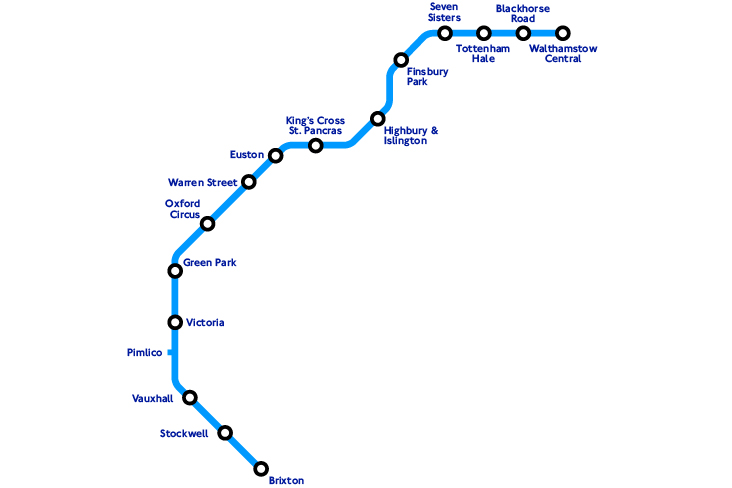
Tile Motifs
When the Victoria line opened in 1969, each station was given a different
visual identity using tiled motifs on the platform walls, within the seat recesses.Prominent artists and designers were commisioned to create designs which
related to the name of the station or the history of its surrounding area.
A further four motifs were created as a result of the extension of the line
south of Victoria, which opened in 1971.More Information about the Victoria Line and the history
of the Londerground in general can be found here.Disclaimer: Site created by Maxwell Harrison, using information from various public sources.
It is intended as a fun educational resource and is in no way affiliated with Transport for London. -
Brixton

Designed by Hans Unger
A visual pun based on the station's name, suggesting a ton of bricks.
-
Stockwell
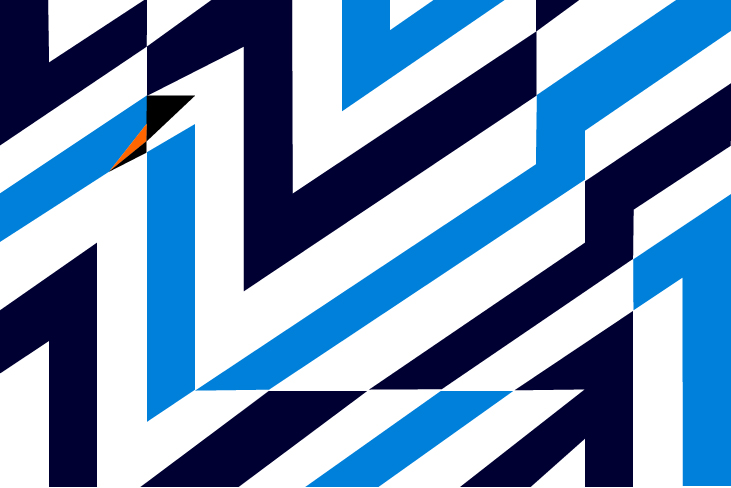
Designed by Abram Games
The tiles form an image of a swan, a theme taken
from a nearby live music pub and landmark of the same name. -
Vauxhall
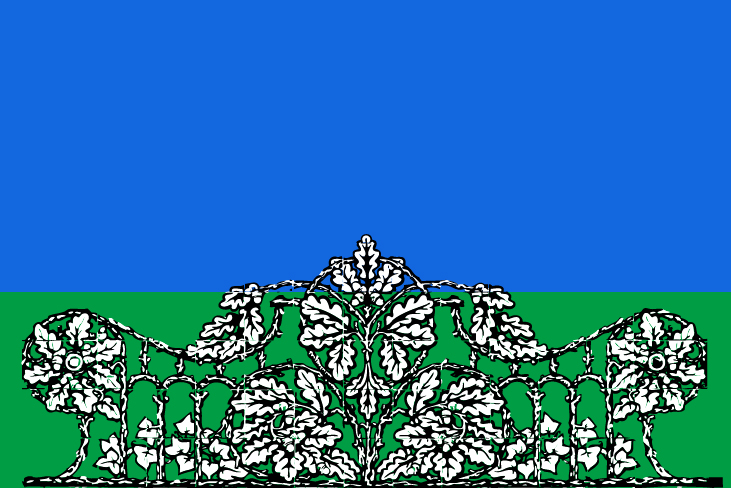
Designed by George Smith
A representation of the Old Vauxhall Pleasure Gardens.
-
Pimlico
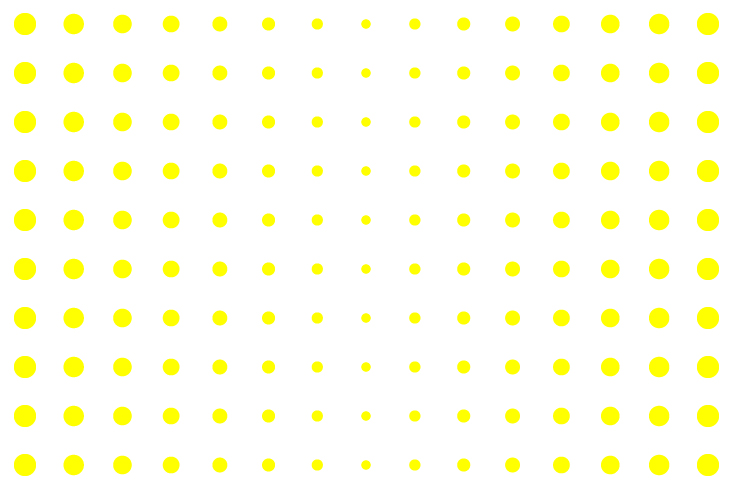
Designed by Peter Sedgely
The spots represent modern art at the nearby Tate Britain gallery.
-
Victoria
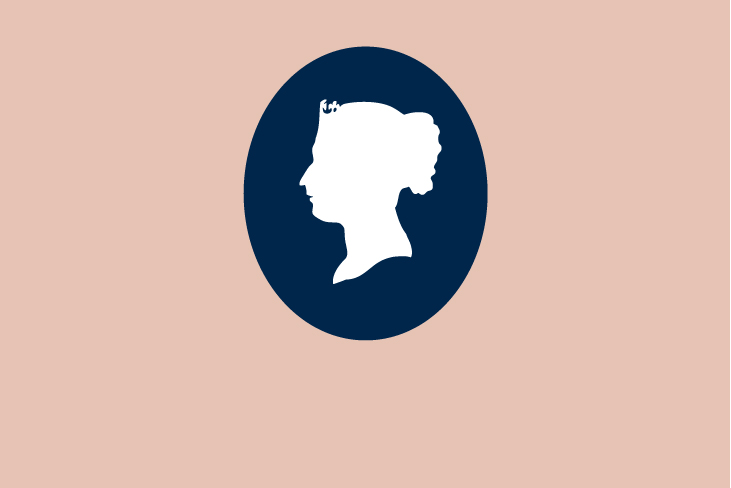
Designed by Edward Bawden
The great Queen herself, from a silhouette by Benjamin Pearce.
A plaque in the ticket hall records the visit of Queen Elizabeth II
to open the Victoria Line in March 1969. -
Green Park

Designed by Hans Unger
A bird's eye view of the trees in the park against the green background of the grass.
The motif was replaced in 1979 with a leaf design by June Fraser
to match the new Jubilee Line platforms.By 2009 all the original Unger designs had been restored.
-
Oxford Circus
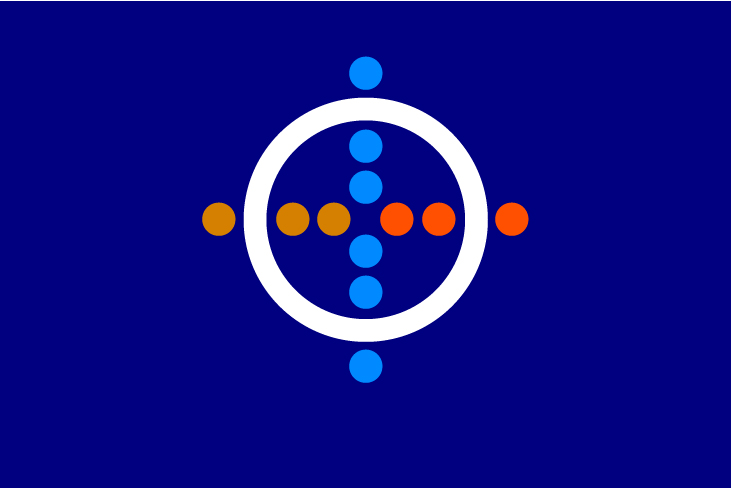
Designed by Hans Unger
A device to incorporate the circle of the circus with
the linking of the Bakerloo, Central and Victoria Lines.The motif was replaced with a Snakes & Ladders design in 1984,
parodying the complex network of passages and escalators at the station.
Restored to original Unger design in 2008. -
Warren Street
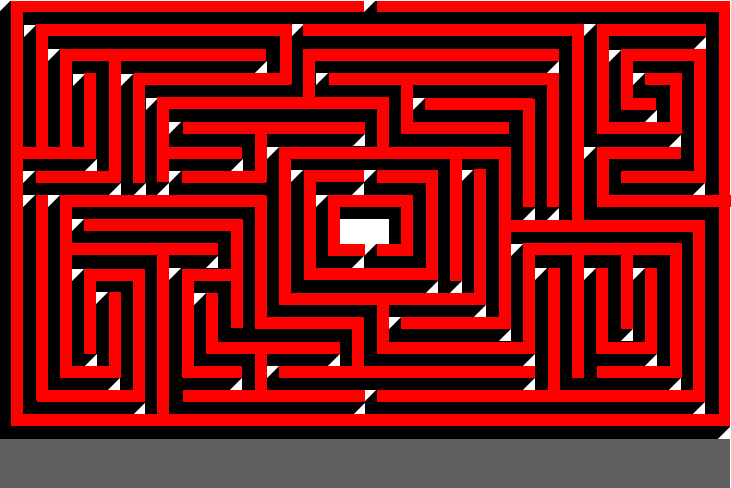
Designed by Crosby | Fletcher | Forbes
A maze or warren as a pun on the name.
A solution is possible for the traveller with time to spare. -
Euston
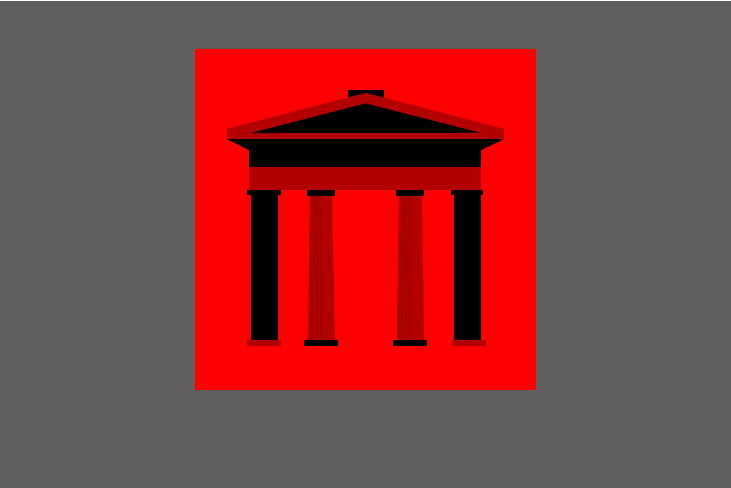
Designed by Tom Eckersley
A reminder of the Doric arch which stood on the station site.
-
King's Cross St. Pancras
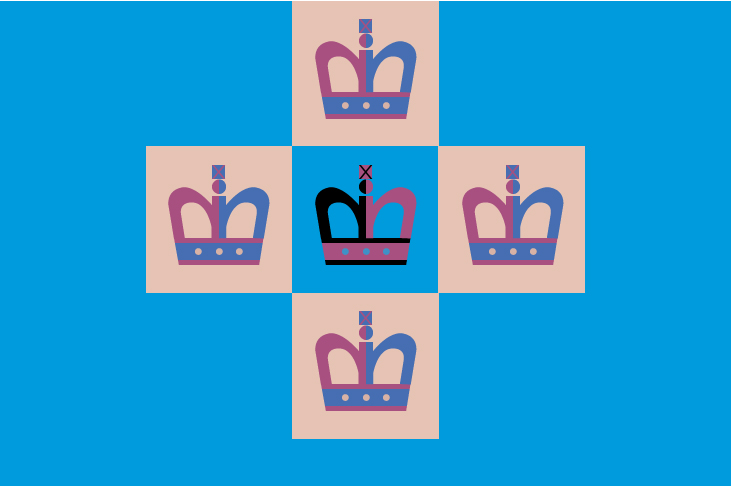
Designed by Tom Eckersley
A literal design based on a cross and crowns.
The King concerned (if there ever was one) is not identified. -
Highbury & Islington
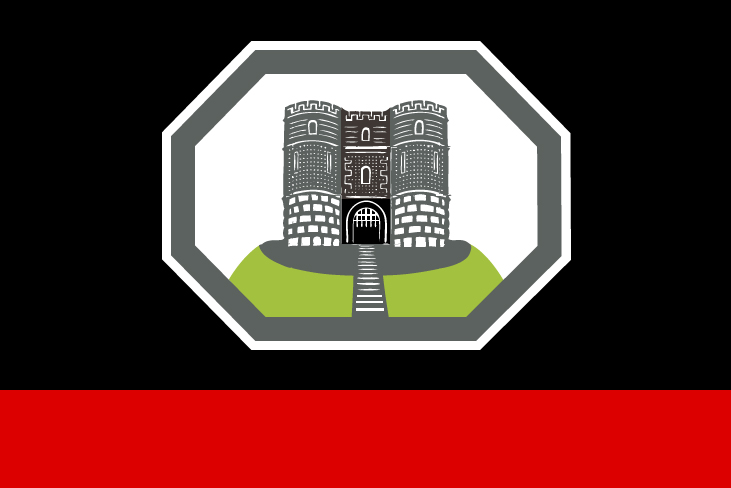
Designed by Edward Bawden
The high bury, manor or castle, was destroyed
at the time of the Peasants' Revolt in 1381. -
Finsbury Park
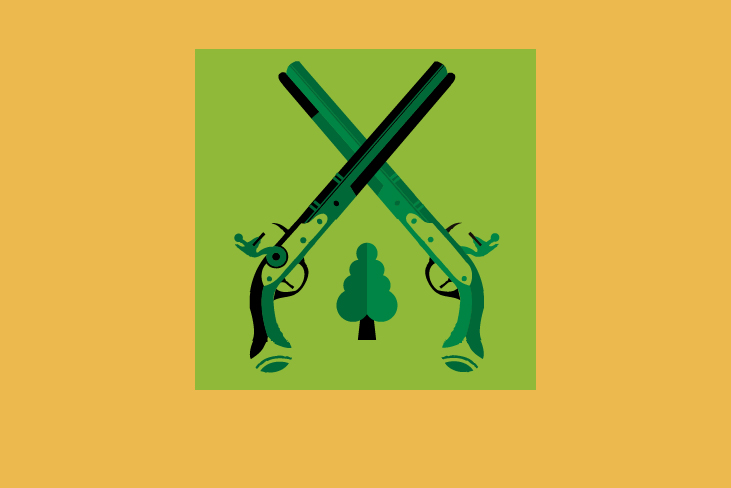
Designed by Tom Eckersley
The crossed pistols refer to the duelling that
took place here when this was outside the edge of London. -
Seven Sisters
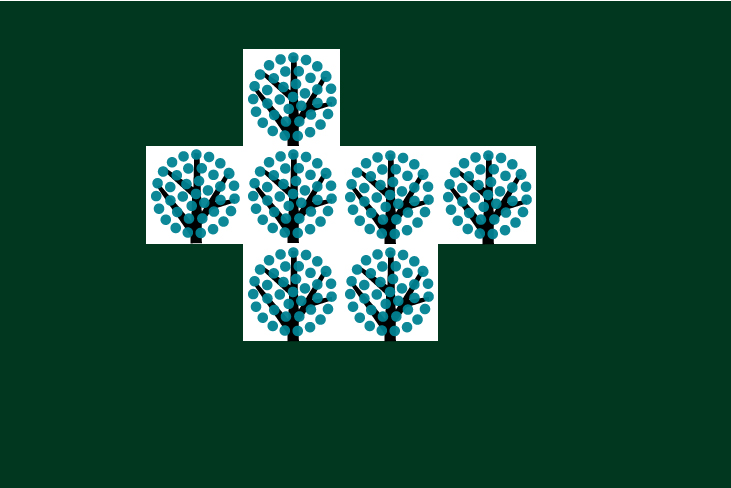
Designed by Hans Unger
The seven sisters were seven trees which gave a name to the locality.
-
Tottenham Hale
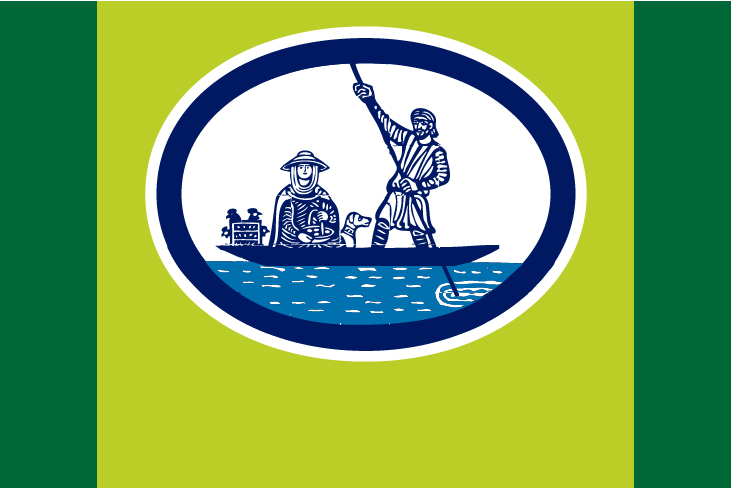
Designed by Edward Bawden
The name is derived from a ferry over the River Lea in earlier times.
The word ‘hale’ is said to be a corruption of ‘haul’; or perhaps ‘hail’. -
Blackhorse Road
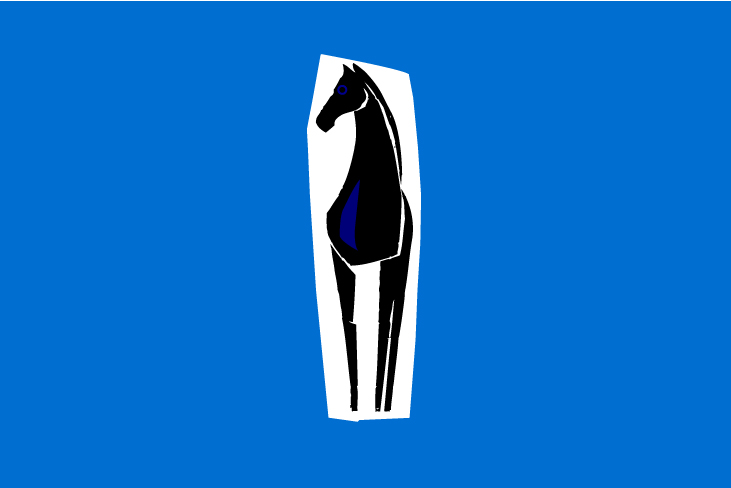
Designed by Hans Unger
The black horse also appears as a sculpture
by David McFall, on the exterior of the station. -
Walthamstow Central
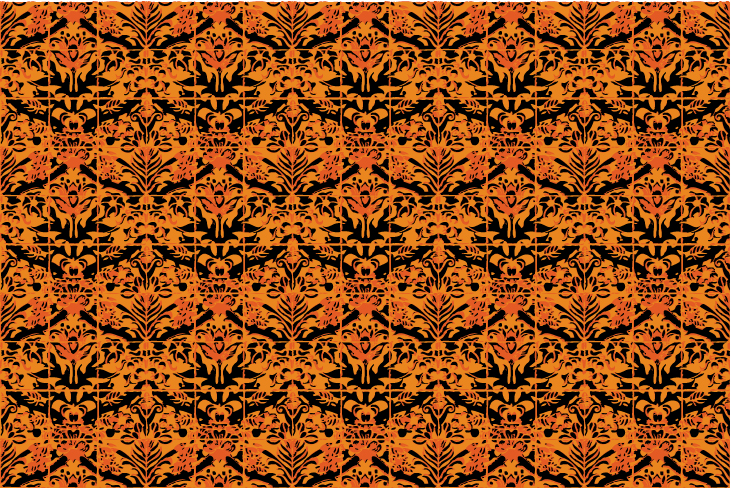
Designed by Julia Black
An adaption of a William Morris design. He was born and worked for a time
in Walthamstow where a museum displays examples of his work.
